Secrets of the Most Accurate LOP on Earth
When the two charted objects line up as viewed from your boat – say a church spire behind a tank – you have a range (also known as a transit). A range provides a flawless line of position (LOP). When planning a cruise, look ahead, behind, and to the sides of your track for pairs of charted objects that will line up as you proceed. Natural ranges help you stay on track, show your boat’s speed of advance, and strengthen the quality of any position fix. You can use any combination of landform tangents, landmarks, beacons, and buoys as a range. You needn’t convert a bearing to true or magnetic or even use a protractor. Just draw a line on the chart through the two objects, extend the line over the water, and you’re somewhere on that LOP. No error, no slipped parallel rulers, no fuss, and no doubt about it. Cross that LOP with a bearing to an object off the beam, and you’ve got a solid fix. Here are some ways to use ranges:
Track drift: Keep in a channel by choosing two objects that are in line and dead ahead of your course. But check dead astern, too. Over-the-shoulder ranges give the quickest warning that your boat is drifting off track.
Track advance: The elapsed time between successive ranges along the side of a trackline will enable you to calculate your boat’s speed over ground, or advance, along the trackline.
Track turns: Use a natural range to tell you when to turn onto a new trackline. Plot this range onto the trackline ahead of time. Label the line TB for turn bearing.
Fast and easy line of position (LOP): When two charted objects line up, write down your time and draw the LOP over your trackline. This gives you an instant estimated position (EP). Upgrade it to a fix by taking and plotting a bearing to a charted object 60 to 120 degrees off the range.
How To Regain A Range After Drifting
Range ahead: If you start drifting off a range dead ahead, follow the direction of the closer object. If the closer object is to the left of the more distant object, turn left; if it is the right, turn right.
Range astern: (over-the-shoulder): if you start to drift while using an over-the-shoulder range, follow the direction of the farther object. If the more distant object is to the left, turn left; if to the right, turn right.
For 185 tips and techniques that you won’t find in any textbook, but will work quickly and reliably every time, buy Seamanship Secrets, 185 Tips & Techniques for Better Navigation, Cruise Planning, and Boat Handling Under Power or Sail from Practical Sailor.



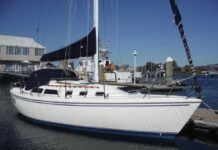









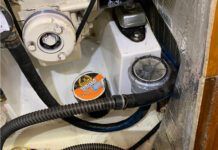


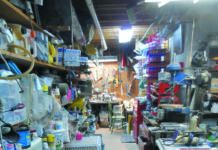
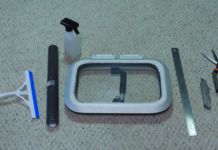
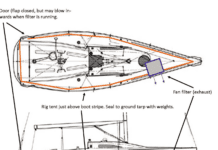













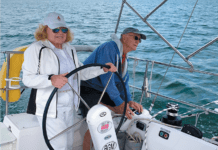





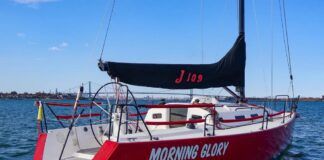
Way to go, PS on your latest email blast.
Using a photo that DOESN’T show a LOP range and then the bow of a powerboat is just the “quailty” that we’ve come to expect from PS.